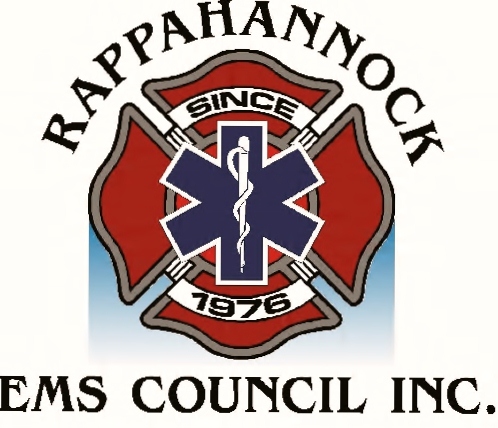What is EVD?
- Ebola Virus Disease (EVD), also known as Ebola haemorrhagic fever, is a severe and sometimes fatal illness for humans. EVD is transmitted by direct contact through body fluids from person to person. The first findings of EVD originated from Central Africa in the 1970's but current breakouts of EVD is stemmed from West Africa. Sign and symptoms include nausea/vomiting, diarrhea, rash, muscle pain, and internal/external bleeding (Ex: oozing from gums or bloody stool). There is not a licensed Ebola vaccine available. - *Source
Is it necessary for EMS providers to strip a dedicated (of any) ambulance of unnecessary equipment to transport a suspected or confirmed EVD patient?
"All agency representatives are reminded that EMS transport units being placed into service must be permitted and carry the minimal equipment list required by the regulations, unless and/or until a public health emergency is declared by the Governor. This does not preclude creative packaging and access to the equipment as long as the equipment is secured consistent with the regulations.
To reiterate, there is no relief of the minimum equipment requirements for permitted ambulances as it pertains to the transportation of any suspected or confirmed EVD patients. We continue to monitor and participate actively with the Department of Health and other allied agencies in the mitigation and responses to any potential or actual EVD patients. All are encouraged to monitor the OEMS webpage with dedicated information regarding this important health event, http://www.vdh.virginia.gov/OEMS/EO/Ebola.htm."
-Michael D. Berg, BS, NRP, Manger, Regulation & Compliance for The Office of EMS
What is the appropriate PPE for Healthcare Providers when transporting a suspected EVD patient?
- As per CDC recommendations, Healthcare Providers PPE will include not having any skin exposed. Donning and doffing will be supervised by a trained observer. PAPR or N95 Respirator, Sing-use (Disposable) fluid-resistant gown that covers mid calf, nitrile gloves, sing-use disposable impermeable boot covers, single-use impermeable apron. For the complete guidelines and recommendations from CDC, click here.
